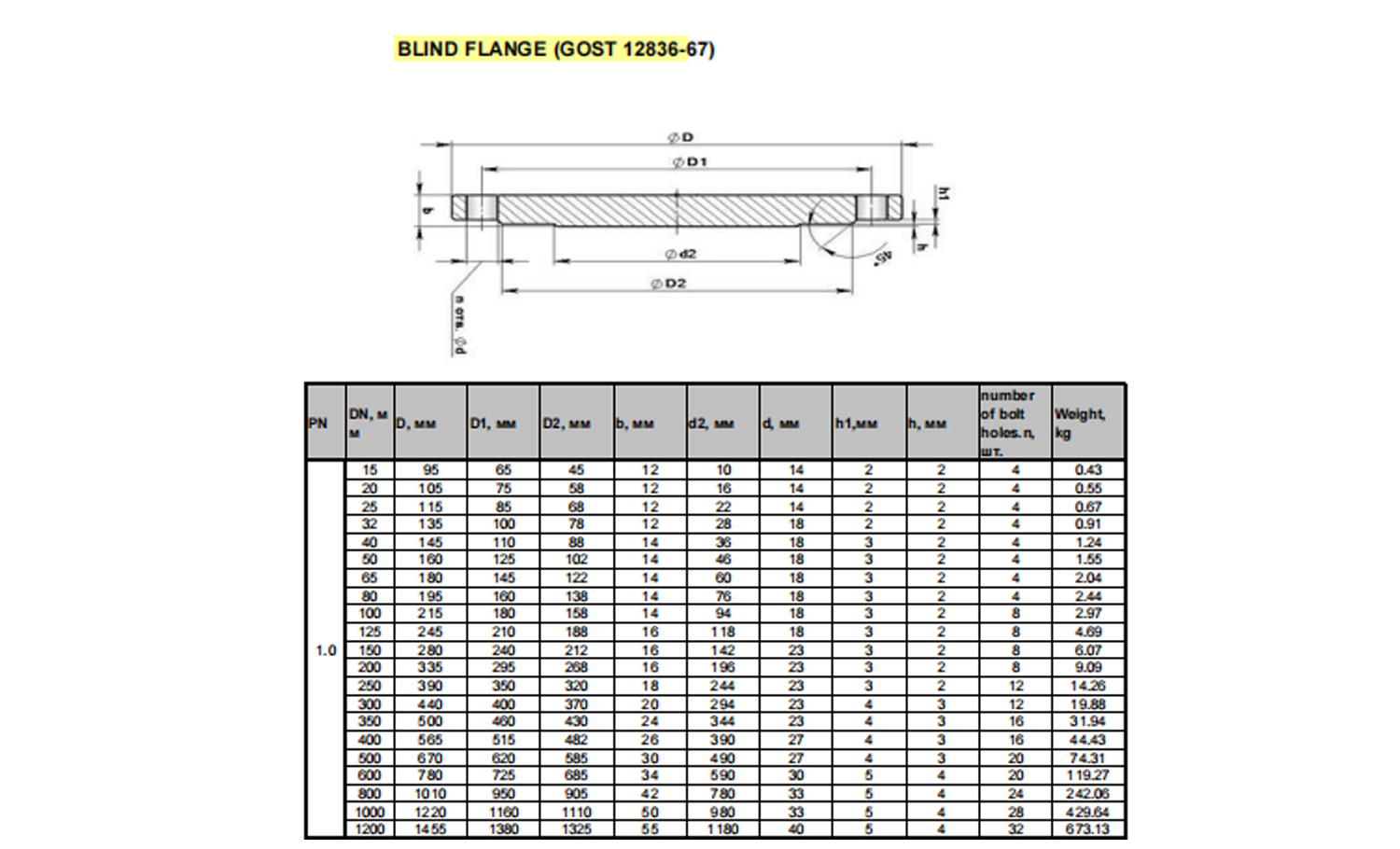-
Cangzhou Yulong Steel Co., Ltd.
-
Phone:
+86 13303177267 -
Email:
admin@ylsteelfittings.com
- English
- Arabic
- Italian
- Spanish
- Portuguese
- German
- kazakh
- Persian
- Greek
- French
- Russian
- Polish
- Thai
- Indonesian
- Vietnamese
- Zulu
- Korean
- Uzbek
- Hindi
- Serbian
- Malay
- Ukrainian
- Gujarati
- Haitian Creole
- hausa
- hawaiian
- Hebrew
- Miao
- Hungarian
- Icelandic
- igbo
- irish
- Japanese
- Javanese
- Kannada
- Khmer
- Rwandese
- Afrikaans
- Albanian
- Amharic
- Armenian
- Azerbaijani
- Basque
- Belarusian
- Bengali
- Bosnian
- Bulgarian
- Catalan
- Cebuano
- China
- China (Taiwan)
- Corsican
- Croatian
- Czech
- Danish
- Esperanto
- Estonian
- Finnish
- Frisian
- Galician
- Georgian
- Kurdish
- Kyrgyz
- Lao
- Latin
- Latvian
- Lithuanian
- Luxembourgish
- Macedonian
- Malgashi
- Malayalam
- Maltese
- Maori
- Marathi
- Mongolian
- Myanmar
- Nepali
- Norwegian
- Norwegian
- Occitan
- Pashto
- Dutch
- Punjabi
- Romanian
- Samoan
- Scottish Gaelic
- Sesotho
- Shona
- Sindhi
- Sinhala
- Slovak
- Slovenian
- Somali
- Sundanese
- Swahili
- Swedish
- Tagalog
- Tajik
- Tamil
- Tatar
- Telugu
- Turkish
- Turkmen
- Urdu
- Uighur
- Welsh
- Bantu
- Yiddish
- Yoruba

Sep . 01, 2024 07:05 Back to list
ANSI 150 Gasket - Specifications, Types, and Applications
Understanding ANSI 150 Gaskets Importance and Applications
Gaskets play a crucial role in various industrial applications, acting as sealing agents between two surfaces to prevent leaks and ensure efficiency in systems such as pipelines, valves, and flanges. One of the widely recognized standards for gaskets is the ANSI 150.
What is ANSI 150?
The term ANSI 150 refers to a specific pressure class defined by the American National Standards Institute (ANSI), which is predominantly used for flanges and fittings in piping systems. The designation indicates that the equipment is rated to handle a maximum pressure of 150 pounds per square inch (psi). Gaskets designed to fit ANSI 150 flanges must adhere to certain dimensions and specifications, ensuring compatibility and effective sealing under operational pressures.
Materials Used in ANSI 150 Gaskets
The materials employed for ANSI 150 gaskets can vary widely, depending on the application requirements, temperature conditions, and the nature of the fluids being sealed. Common materials include rubber, compressed non-asbestos fibers, PTFE (polytetrafluoroethylene), and metal. For example, rubber gaskets are ideal for low-pressure situations and provide excellent elasticity, while PTFE gaskets offer exceptional chemical resistance and high-temperature performance, making them suitable for more demanding applications.
Applications of ANSI 150 Gaskets
ansi 150 gasket

ANSI 150 gaskets find their use across a plethora of industries, from oil and gas to water treatment, chemical processing, and HVAC systems. In the oil and gas industry, they are crucial for maintaining the integrity of pipelines, preventing costly leaks that can lead to environmental hazards. In water treatment facilities, they play a vital role in ensuring the safe transport of potable water through various tanks and pipes.
The versatility of ANSI 150 gaskets allows for their application in many scenarios where a robust, leak-proof seal is necessary. This includes not just industrial settings but also commercial establishments that rely on proper sealing in HVAC systems to maintain efficiency and minimize energy loss.
Best Practices for ANSI 150 Gasket Installation
Proper installation of ANSI 150 gaskets is essential for optimal performance. It is important to ensure that the flange surfaces are clean and free from debris. Equally vital is the correct tightening of bolts, as uneven pressure can lead to gasket failure and leaks. Regular inspections should also be conducted to evaluate the condition of gaskets and replace them when signs of wear or damage are evident.
Conclusion
In essence, ANSI 150 gaskets are integral to the safe and efficient operation of various systems across numerous industries. Understanding their specifications, material choices, and applications allows engineers and maintenance personnel to select the right gasket, ensuring longevity and reliability in their sealing solutions. With proper installation and maintenance practices, ANSI 150 gaskets can significantly contribute to the performance of any system they are used in.
Latest news
-
ANSI 150P SS304 SO FLANGE
NewsFeb.14,2025
-
ASTM A333GR6 STEEL PIPE
NewsJan.20,2025
-
ANSI B16.5 WELDING NECK FLANGE
NewsJan.15,2026
-
ANSI B16.5 SLIP-ON FLANGE
NewsApr.19,2024
-
SABS 1123 FLANGE
NewsJan.15,2025
-
DIN86044 PLATE FLANGE
NewsApr.19,2024
-
DIN2527 BLIND FLANGE
NewsApr.12,2024
-
JIS B2311 Butt-Welding Fittings LR/SR 45°/90° /180°Seamless/Weld
NewsApr.23,2024











